Phishing text messages about toll payments don’t typically make people think about history education, but Mariam Spalding connects the two.
“I think that there are just so many different skills there that we as adults need, right? When you get that weird email that says that you owe somebody for a toll or whatever, you need to know, hey, I just can’t take this at face value because it got to me,” the Coordinator of Correctional Education (Academic) with the Juvenile Services Education Program (JSEP), says. “Where did it come from? Who sent it? That sender, are they a reliable source?”
In her position with JSEP, part of the Maryland Department of Juvenile Services, Spalding guides English and Social Studies curricula, monitors instructional practices, provides teacher support, and more.
“When you give kids things that are interesting, that are relevant to them, that is how you pique their interest,” Spalding says. “And that’s not just me saying it. There’s tons of research that says that.”
Mariam Spalding
Spalding began infusing JSEP’s curriculum with Maryland Humanities’ Maryland History Day program a few years ago. For the year-long program, students research a topic using primary and secondary sources to create a paper, documentary, performance, website, or exhibit. Spalding believes it helps hone kids’ questioning and source analysis skills while encouraging their excitement.
Spalding believes that Maryland History Day gives the students “structures to form navigation of critical thought.” She first heard about the program from a colleague who mentioned her own children participating, but expressed doubt that the students in JSEP could. By seeking how her students could participate, Spalding refuted her colleague.
Due to her students’ different circumstances, Spalding curated research materials in advance. Not all of the subjects fall under the conventional category of history but Spalding uses the program’s framework to improve her students’ skills. At last year’s Maryland History Day State Contest, onlookers could see projects from several JSEP students (without their name or identifying information.)
“I know that I’m charged in my role with the agency to provide students with an instructional program in the areas of English and Social Studies that is comparable to what they would receive outside of our facilities, and so that is really important, giving them some normal or traditional experiences,” she says.
“Because of circumstances, our students cannot physically participate in certain activities, again for safety and security reasons. That does not mean that they cannot be given opportunities to exercise critical thinking skills and have their work put on display.”
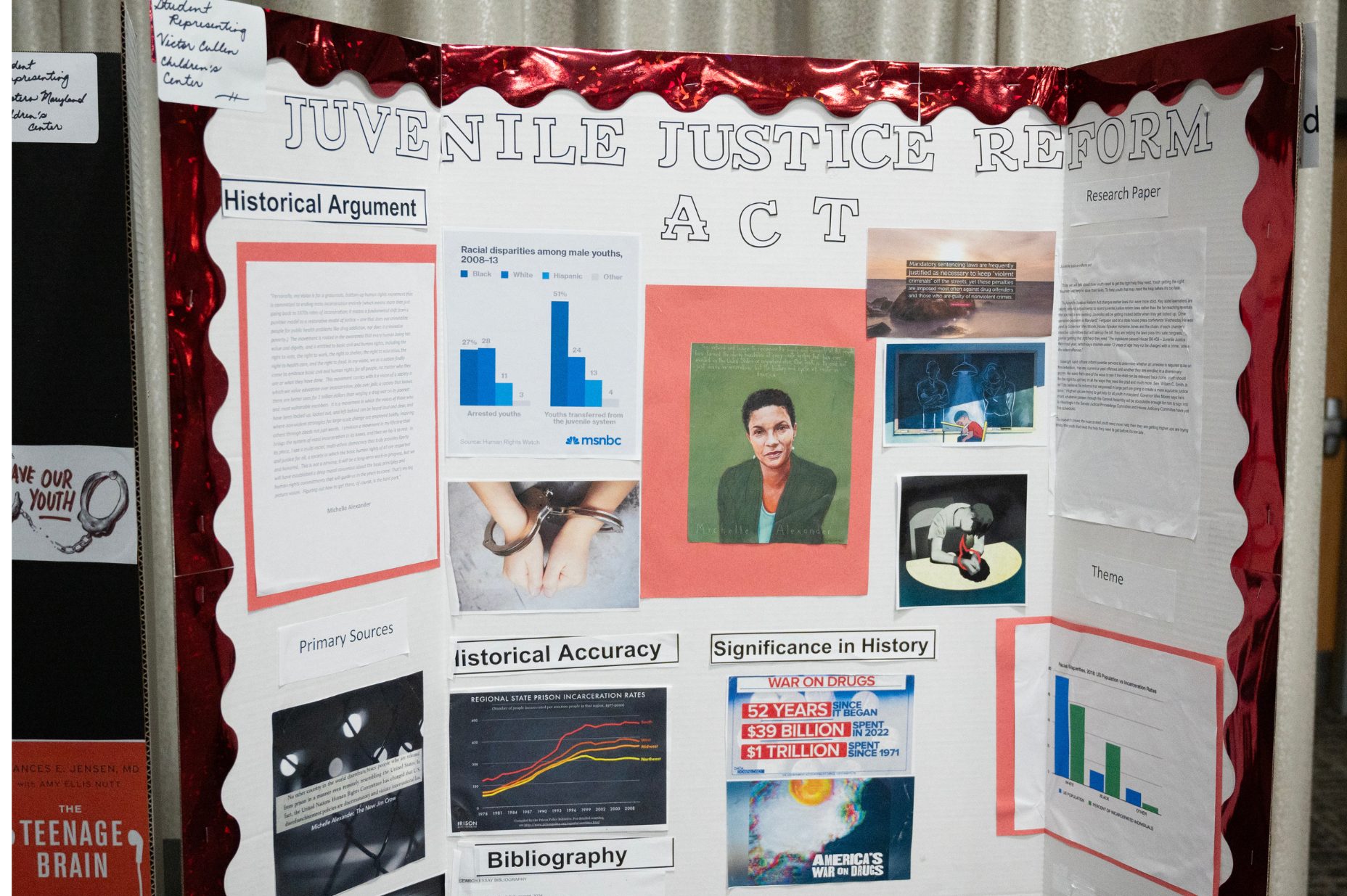
Spalding talks about the importance of a program like History Day for the teachers as well as the students. “I don’t know that I could ever accurately convey the shock and awe that was on display when students…won awards at the Maryland History Day competition, they [teachers] were truly taken aback.
The students in JSEP come from a wide variety of backgrounds and experiences, Spalding explains. “I just know that when they walk through our doors, I treat them as children and that’s all that I know to do.”
She talks about working with students with a range of gifts, challenges, and needs.
“I just know that my job, once they get to us, is to treat them like I would want my own child to be treated — that any of us would want our child treated — in the event that circumstances, for whatever reason, landed them in a juvenile facility.”
She wants the students to have a semblance of what their education would be like outside of a facility. “So my job and the job of my colleagues is to get as close to that as is possible,” Spalding says. The program also allows students in JSEP who Spalding calls “exceptional” to shine.
Spalding then describes some students who struggled with some academic work excelling and exhibiting enthusiasm because of their interest in their topic. Students’ choice of topics included Youth with Learning Disabilities and the Experience in the Juvenile Justice System, Incarcerated Girls, the Maryland Justice Reform Act, among others.
She recalls some teachers in other school districts talking about how the severity of the subject matter could be emotionally challenging for the students, making comments like “Oh my god, like, this is hard for kids to look at. It’s hard for me to look at as a grown up.“
Spalding then refers to how important those subjects were to discuss for that reason. “That’s something that we should talk about, right?,” she asks.
“It is important to me that all children from all walks of life, regardless of their circumstances, are provided with opportunities to engage in critical thinking, that they have opportunities to explore topics that are relevant to them and their existence in real time, that they have an awareness of how to navigate historical documents…,” says Spalding.
According to Spaling, programs like History Day can “help to provide students with research structures that they can use much later in life.” To her, the core of the program centers on “helping young people, providing scaffolds for them to organize their inquiries in their thoughts.”
Spalding feels the biggest impact of Spalding’s Social Studies work and teaching History Day isn’t necessarily the students participating and having the projects on display or learning research skills, though she does laugh as she talks about a student who admitted he might have put a bit more effort into his project if he knew it’d be displayed. Kids don’t leave Maryland History Day with simply “an increased knowledge base, but with a personal sense of fulfillment,” she says.
“The work that we do with youth is personal for me because the youth that we can interest in history or law or whatever decides when they go home that they want to enroll or participate in the program at their school.” She believes that this kind of training encourages students, teachers, and schools to “support future lawyers or future teachers or future historians or future scientists or…,” she says.
”Honestly, the big payoff isn’t the kids just participating in Maryland History Day. It’s having some element of that experience, the a-ha moment, the turning point. Maybe even the initial point of interest,” she says.
“I believe that once you ignite passion in children about anything, all you need to do is get out of the way.”

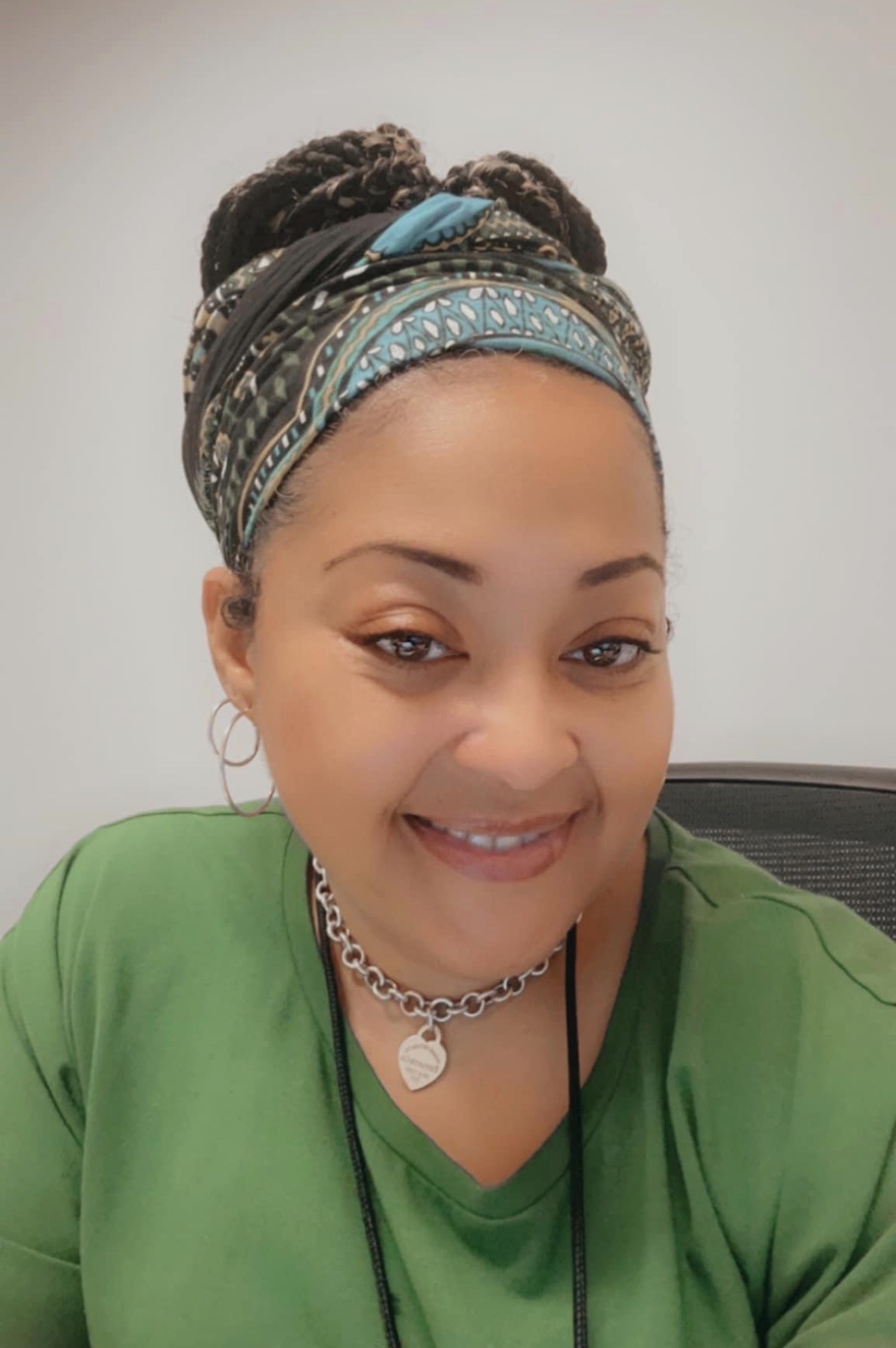
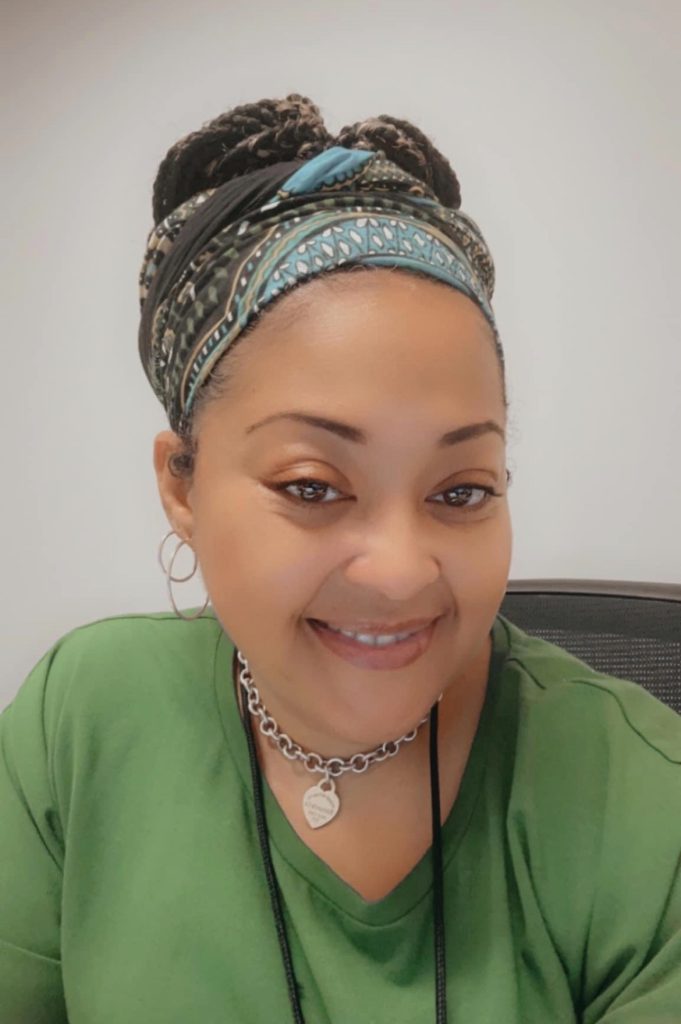
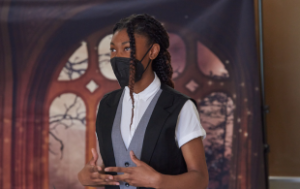
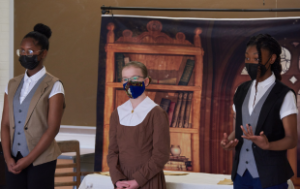
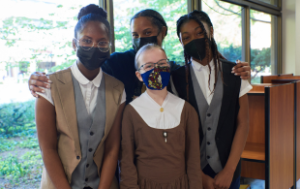
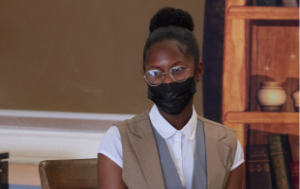
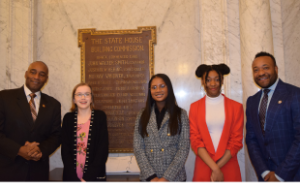
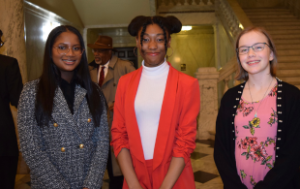
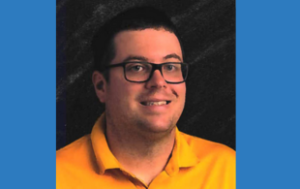 It’s not every project where students can select projects ranging from the creation of NBA to women’s fashion of the twenties to space. But that’s the variety Thomas Stavely sees in his Parkdale High School classroom for
It’s not every project where students can select projects ranging from the creation of NBA to women’s fashion of the twenties to space. But that’s the variety Thomas Stavely sees in his Parkdale High School classroom for 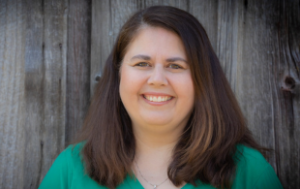 Denise Kresslein, Advanced Academics Teacher at both North Carroll Middle School and Westminster East School in Carroll County, also appreciates the options students have. “I like how the theme provides direction for the students yet is open-ended, to lead to a wide variety of topics,” she says. This year’s theme, selected by National History Day, is Frontiers in History: People, Places, Ideas.
Denise Kresslein, Advanced Academics Teacher at both North Carroll Middle School and Westminster East School in Carroll County, also appreciates the options students have. “I like how the theme provides direction for the students yet is open-ended, to lead to a wide variety of topics,” she says. This year’s theme, selected by National History Day, is Frontiers in History: People, Places, Ideas.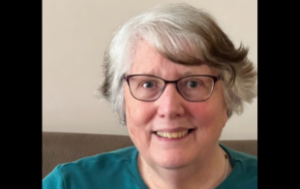 Q: What drew you to Maryland Humanities?
Q: What drew you to Maryland Humanities?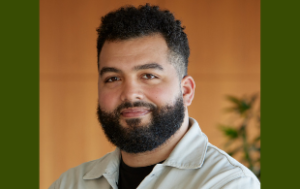 Q: What is the biggest change you think will come from shifting to general operating grants?
Q: What is the biggest change you think will come from shifting to general operating grants?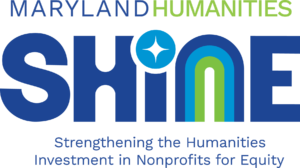 A: We’ve been doing program-specific grants for a long time with great success. But, our preference has always been to build deeper relationships with our partners that extended beyond funding that specific program. Now that we provide support, we’re able to match our granting activities with our longstanding approach of building meaningful relationships with partners that extend far beyond the moment of time for a single program, furthering our goal of supporting humanities-focused organizations around the state.
A: We’ve been doing program-specific grants for a long time with great success. But, our preference has always been to build deeper relationships with our partners that extended beyond funding that specific program. Now that we provide support, we’re able to match our granting activities with our longstanding approach of building meaningful relationships with partners that extend far beyond the moment of time for a single program, furthering our goal of supporting humanities-focused organizations around the state. 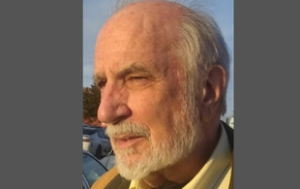 Q: What drew you to sponsor a
Q: What drew you to sponsor a 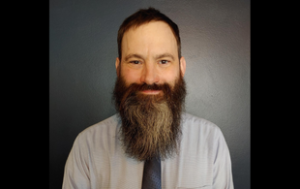
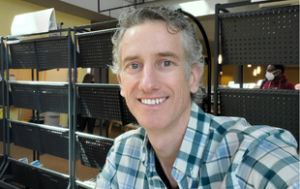
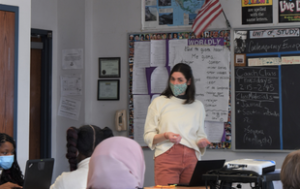
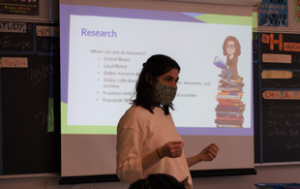 Q: What will the Maryland History Day for English learners curriculum look like? How will it differentiate from the other Maryland History Day curricula?
Q: What will the Maryland History Day for English learners curriculum look like? How will it differentiate from the other Maryland History Day curricula?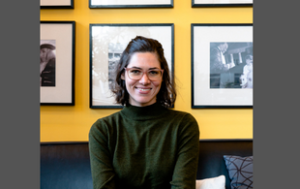
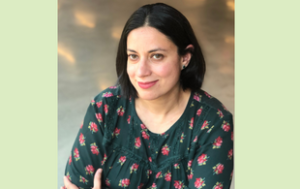
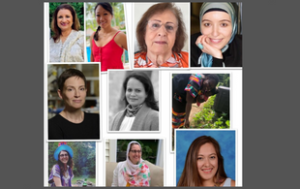
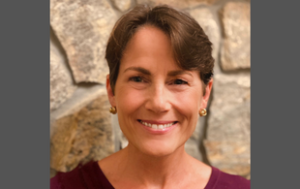 Q: What drew you to Maryland Humanities?
Q: What drew you to Maryland Humanities?